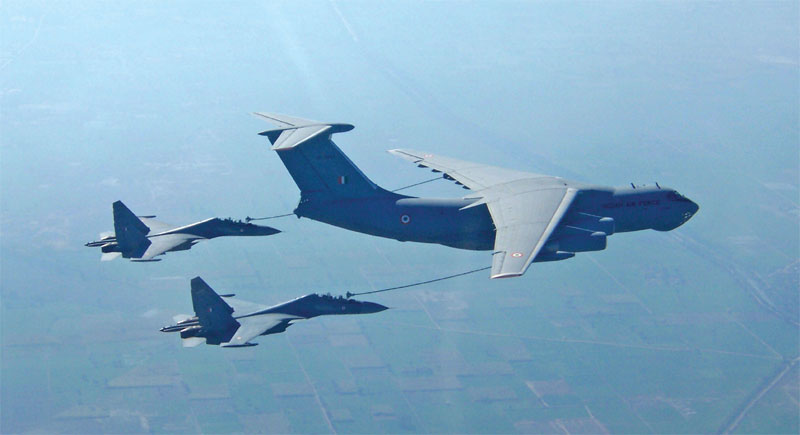Guest Column | Down, But Not Out
 AVM Manmohan Bahadur (retd)
AVM Manmohan Bahadur (retd)
The Medium Multi Role Combat Aircraft (MMRCA) saga of the IAF is representative of the procurement problems facing the Services in general. A selection that was made public three years ago, literally to the day, is still breathing fire, or maybe just smoke now, due to the inordinate delay in contract finalisation.
As Aero India 2015 gets underway, the French must be waiting with bated breath for a favourable decision (making them send the Rafale again to the air show) while the Eurofighter people must be wishing for it to stall so that they can step-in. With this as the background, this article looks at the make-up of the IAF fighter fleet in the coming decades.
Has the MMRCA non-decision affected the potency of the fighter fleet? It would be a lie to say that it hasn’t but it would be even more wrong to say that the deterrence it projects to our adversaries has been reduced; the IAF is fighting fit to meet them head-on, and that is what all Indians should be rest assured of. But yes, aircraft are being phased out and need to be replaced in a timely manner.

The Standing Committee of Parliament on Defence (15th Lok Sabha) has made no secret of its displeasure in the re-equipping speed when it brought out that IAF strength is down to 34 squadrons and dwindling, as against a sanctioned strength of 42 squadrons. The defence minister has set the arm chair strategists working over time with his observation (not a statement) that the Rafale is costly at roughly double the cost of a Su-30, so why not buy more Sukhois? But the two are almost as different as chalk is from cheese.
The Su-30 is an air dominance fighter whose role is to stay a long time in the air, sanitise a large volume of airspace to help other less endowed aircraft to execute their missions and on its own strike deep in to the enemy territory. The Rafale is a medium range multirole aircraft, and being from a different design house, has different capabilities. It has a better radar (AESA), has a lower fuel consumption, carries more armament load (9.5 tonnes as against 8 tonnes of the Su-30), has greatly reduced maintenance requirements, is cheaper when life cycle costs are concerned and can fit into the existing blast pen on IAF airfields. The last mentioned qual
Subscribe To Force
Fuel Fearless Journalism with Your Yearly Subscription
SUBSCRIBE NOW
We don’t tell you how to do your job…
But we put the environment in which you do your job in perspective, so that when you step out you do so with the complete picture.








